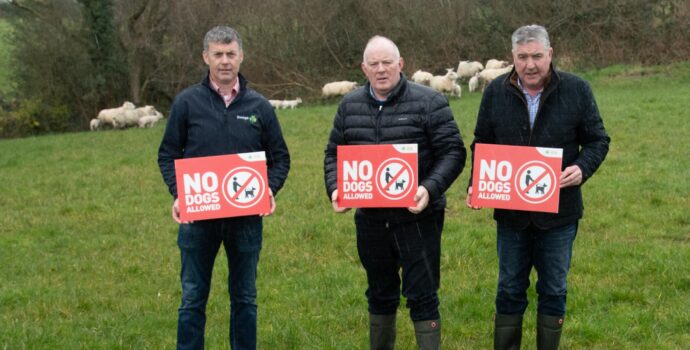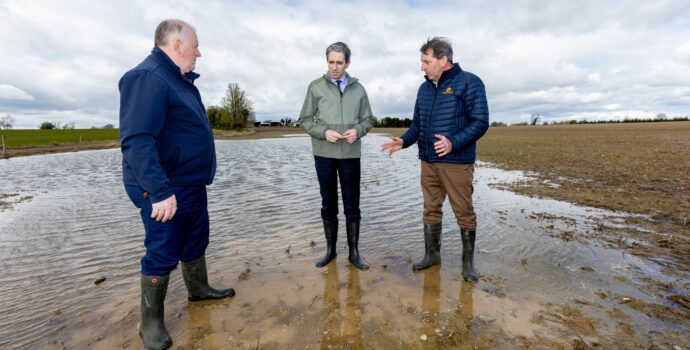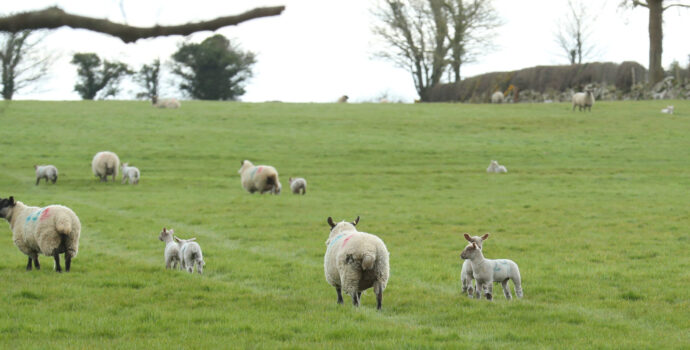The Pig League

IFA Pigs Executive Deirdre O’Shea rounds up the latest pig prices and takes a look at the news impacting markets
Domestic prices remained stable during January, with the average league price running 3% behind January 2015 prices.
However, producers had reached highs of over €1.80/kg during a period in 2014, whereas prices have been very weak throughout 2015 and into 2016, leaving producers in a loss-making situation for a prolonged period.
Kepak and Green Pastures again find themselves bottom of the table, most likely down to the inability to export to the Chinese market at present.
This is a very important market for the other export plants and Bord Bia predicts the value of export to this market will continue to grow in 2016 on the back of growth last year.
Download iFarm to get alerts when new pig prices are published
APS scheme
The European market showed signs of recovery into the beginning of 2016 as a result of the aids to private storage (APS) scheme for pigmeat which came into force on 4 January.
This scheme was aimed at easing pressure on the EU market, which is still struggling from the Russian ban on imports since February 2014.
However, following a vote in Brussels, it was agreed to close the APS scheme for pigmeat, which had already taken a substantial amount of pigmeat off the market.
The main EU pig-producing countries voted to close the scheme as they felt the market had reacted positively and there was no further need for it. The most recent information shows that the total quantity of product put into storage was 89,841t at an estimated cost of €27.6m.
In total, 18 member states participated in the scheme, with four of those storing three-quarters of the meat: Germany 26,000t (29%), Spain 19,000t (22%), Denmark 12,000t (13%) and The Netherlands
11,000t (12%). The 90,000t total represents some 4.5% of the monthly slaughter in the EU. Ireland has 1,575t in storage, with companies mainly choosing the 90-day option.
EU crisis fund
The European Commission announced a package to support the dairy and pigmeat sectors in Europe. Irish pig farmers were allocated €1m of this fund, aimed at assisting farmers who were most greatly affected by volatility and the closure of the Russian market for EU exports.
Minister for Agriculture Simon Coveney has announced that the money will be distributed on a flat rate per farmer. Although the IFA welcomed this payment, pigs committee chair Pat O’Flaherty has outlined that “it is far from sufficient to address the current cashflow problems pig farmers are experiencing. Farmers have been under huge financial strain over the past 12 months, with the average margin over feed for 2015 at 37c/kg. Teagasc estimates this figure needs to be 50c/kg in order to break even. More worryingly, the past five-year average margin over feed figure is running at 44c/kg.”
The IFA has also outlined that payment must be distributed to farmers with immediate effect.
Rabobank pork report
According to the latest Rabobank quarterly pork report, the global pork industry will remain weak during quarter one 2016, with some seasonal improvement anticipated going into quarter two.
Exchange rates are likely to play a more important role in global pork markets this year due to the expected strengthening of the US dollar, with the euro and Brazilian real at present best equipped to take advantage of this.
In China, imports are expected to rise further, supported by strong domestic prices and an estimated decline in the herd, driven by stricter environmental regulations. The level of China’s imports and relative competitiveness of major exporters will be key to a global recovery.
In the US, industry expansion is expected to slow after a significant supply growth in 2015. Exports are expected to pick up, due to expected low prices and approval of plants for export to China.
On the European market, it is hoped a slowdown in supply in the second quarter of the year due to an anticipated decrease in the herd will help rebalance the trade.
It is estimated these decreases will come mainly from the German and Dutch herds. In Russia, production is set to increase by over 7% this year, continuing strong growth from 2015.
Production growth, coupled with a recovery in the Russian rouble, is expected to heap further pressure on pork imports.
In Brazil, the market is forecast to follow the steady path of the fi nal quarter of 2015, due to continuing good domestic and export demand.
Anticipated weakening in the Brazilian real will also contribute to the competitiveness of exports.




